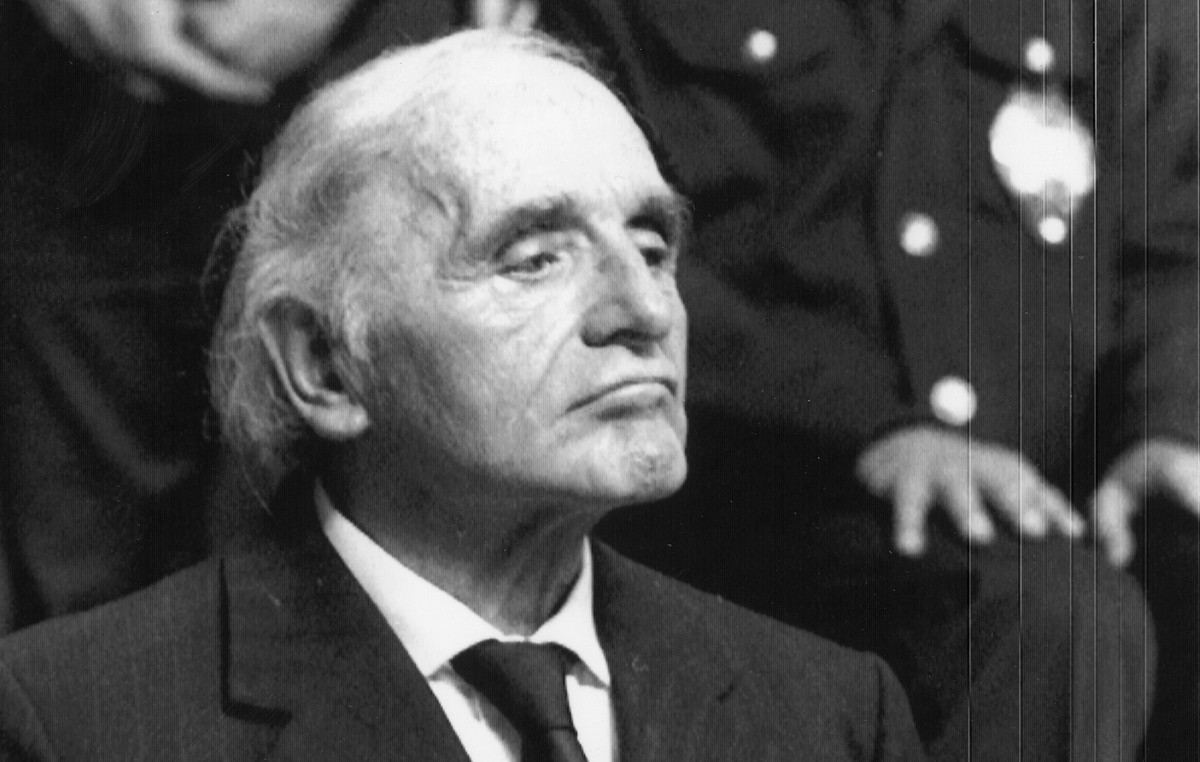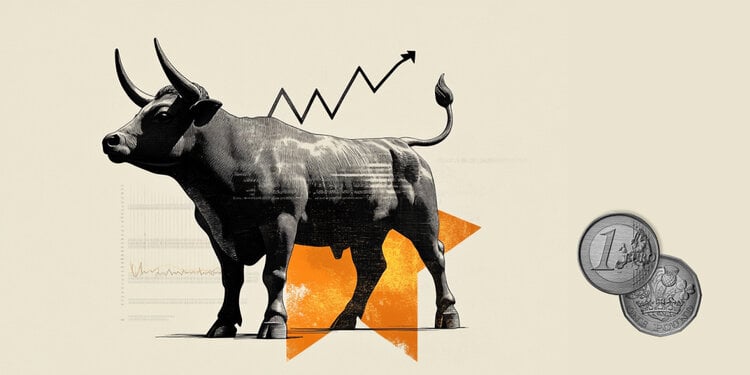A tropical cyclone has quickly gained strength off Australia’s north coast as millions of people across the country face heatwaves that are forecast to extend into the weekend.
Severe tropical cyclone Jasper strengthened to the equivalent of a category 4 hurricane (on a strength scale that goes up to 5) this Friday (08), with maximum winds of 220 km/h, according to the center of country’s typhoon warnings.
“Further intensification on Friday is possible, and a Category 5 system cannot be ruled out,” the country’s meteorological department said.
The storm, which is located 1,195 kilometers northeast of Queensland and moving south at 9 km/h, could make landfall near Cairns, a city of 250,000 people, with maximum winds of 140 km/h at the start of the day. Tuesday (12).
However, analysts say its trajectory could change.
The storm’s arrival comes exceptionally early during El Niño, a weather phenomenon that originates in the Pacific Ocean along the equator and generally reduces precipitation along Australia’s east coast.
The system has impacted weather around the world this year and could particularly influence stormy seasons.
Meanwhile, heat warnings are in place in several states and territories, including New South Wales, home to more than 8 million people.
Temperatures in the New South Wales capital, Sydney, are expected to reach 40 degrees Celsius this Saturday (08), according to Australia’s meteorological office, with the heat fueled by strong, dry winds.
Some schools in Sydney were forced to close on Friday and a total burn ban was in place in some parts of the state due to the increased risk of bushfires.
A “catastrophic” fire rating was issued in parts of South Australia on Friday, the highest on the scale, indicating that lives and property are likely to be lost if a fire breaks out.
Extreme fire danger ratings were in place in parts of New South Wales and Victoria.
The heat should weaken a little by the end of the weekend and early next week.
Australia is one of the countries most vulnerable to the effects of the climate crisis, with frequent heatwaves, extreme rainfall and devastating fires.
Earlier this year, more than 20 runners in the Sydney Marathon were hospitalized in a heatwave during Australia’s hottest winter since records began in 1910.
Ski resorts, including Perisher, the country’s largest, also closed early due to lack of snow.
Fears have been particularly heightened as memories of the catastrophic Black Summer bushfires of 2020 – the country’s worst in decades – remain etched in the minds of millions of Australians.
The fires burned 10 million hectares, killing dozens of people and destroying more than 3,000 homes.
Source: CNN Brasil
Bruce Belcher is a seasoned author with over 5 years of experience in world news. He writes for online news websites and provides in-depth analysis on the world stock market. Bruce is known for his insightful perspectives and commitment to keeping the public informed.







